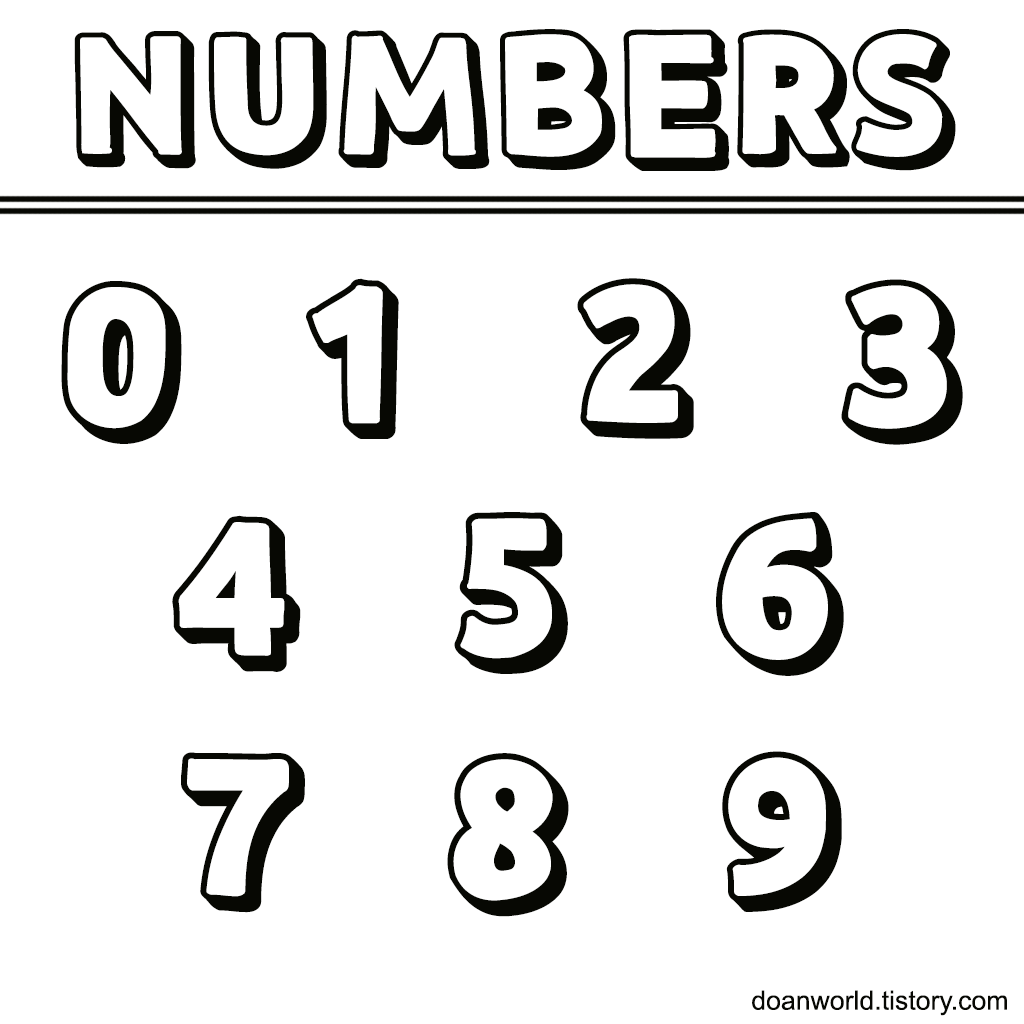Numbers are one of the most fundamental concepts that have evolved with human civilization. The history of numbers is deeply intertwined with the development of human understanding, communication, and progress. Today, we'll explore the history of numbers through various eras and civilizations.
Ancient Civilizations and the Origin of Numbers
The use of numbers began in ancient civilizations. The earliest evidence of numerical usage dates back to around 4000 years ago in Mesopotamia. The Mesopotamians used cuneiform writing to record numbers and employed a base-60 system. This base-60 system has influenced the way we measure time today. For example, an hour consists of 60 minutes, and a minute consists of 60 seconds.
In Egypt, an independent numerical system developed. The Egyptians primarily used hieroglyphics to record numbers and operated with a base-10 system. They used symbols to represent numbers, such as a vertical line for 1, a heel bone shape for 10, and a coil of rope for 100. These symbols were utilized in various fields, including architecture, trade, and tax calculations.
Greek and Roman Numeral Systems
In ancient Greece, there was a significant philosophical inquiry into the nature of numbers. Pythagoras, for example, combined mathematical and philosophical concepts to explain the mysticism and harmony of numbers. The Greek numeral system mainly used alphabetic characters to represent numbers, which later influenced the Roman numeral system.
The Roman numeral system is still well-known today. It uses symbols like I, V, X, L, C, D, and M to represent numbers. For instance, I represents 1, V represents 5, and X represents 10. The Roman numeral system is still used in various contexts, such as on clock faces and in the dating of buildings.
Indian and Arabic Numeral Systems
The foundation of the modern numeral system began in India. Indians developed a base-10 system that included the concept of zero, which is the basis of the numeral system we use today. The concept of zero was revolutionary and contributed significantly to the advancement of mathematics and science. The Indian numeral system was transmitted to Europe through the Arabs.
Arabic numerals are the numeral system used worldwide today. The Arabs adopted and refined the Indian numeral system, and it was widely used in mathematics, astronomy, and commerce during the Islamic Golden Age. In Europe, Arabic numerals were adopted during the Middle Ages, significantly boosting commerce and scientific development.
The Middle Ages and the Renaissance
During the Middle Ages in Europe, Roman and Arabic numerals were used concurrently. Arabic numerals quickly spread among merchants and scholars because they were easier and more convenient for calculations. During the Renaissance, the mathematician Leonardo of Pisa (Fibonacci) introduced Arabic numerals and the base-10 system to Europe in his book "Liber Abaci." This book greatly influenced the development of mathematics and science in Europe.
Modern Numbers
Today, numbers are an inseparable part of our daily lives. In the digital age, computers use binary numbers to process data, and this numeral system forms the foundation of modern technology. Additionally, with the rise of big data and artificial intelligence, numbers play an even more critical role. Numbers are essential tools in statistics, finance, engineering, natural sciences, and many other fields.
The history of numbers is a long journey that has evolved with human civilization. From their beginnings in ancient Mesopotamia and Egypt, numbers have developed through Greece and Rome, passed through India and Arabia, and finally evolved into the modern numeral system. Today, numbers underpin our daily lives and scientific and technological foundations, and they will continue to play a crucial role in the future. Understanding the history of numbers helps us appreciate the development of our civilization.
Numbers Coloring Page Image

Download Numbers Coloring Page PDF File
Milk Coloring Page / Benefits of Milk and the Importance of Milk Consumption for Children and Adolescents
Milk has been a staple in human diets for centuries, known for its myriad health benefits. Especially for children and adolescents, milk provides essential nutrients necessary for healthy growth and development. Today, I will explore the various benefits o
doanworld.tistory.com
여름 풍경 색칠공부 도안 / 여름 꽃 종류 소개
여름은 뜨거운 태양 아래서 다양한 꽃들이 만개하는 계절입니다. 자연은 여름을 맞아 그 어느 때보다 화려한 색깔과 향기로 가득 채워집니다. 오늘은 여름에 피는 대표적인 꽃들을 소개하고, 그
doanworld.tistory.com
바닷속 물고기 색칠공부 도안 / 집에서 쉽게 키울 수 있는 물고기들
물고기는 시각적으로 아름다우며 비교적 관리가 쉬운 애완동물로, 많은 사람들이 집에서 키우기 좋은 반려동물로 선택합니다. 오늘은 집에서 쉽게 키울 수 있는 물고기들을 소개하고, 이들을
doanworld.tistory.com
장난감 총 색칠공부 도안 / 세계에서 가장 유명한 총기들
총기는 인간 역사에서 중요한 역할을 해왔습니다. 전쟁, 자위, 스포츠, 수집 등 다양한 목적에 사용되며 각기 다른 시대와 문화 속에서 발전해 왔습니다. 오늘은 세계에서 가장 유명한 총기들을
doanworld.tistory.com
Jacket Coloring Page / Choosing the Perfect Jacket for Your Body Type
When it comes to fashion, the right jacket can elevate your look, enhance your silhouette, and boost your confidence. However, finding a jacket that flatters your body type can sometimes be a challenge. Today, we'll explore how to choose the perfect jacket
doanworld.tistory.com
Fish Coloring Page / Tips for Maintaining Healthy Fish
Keeping an aquarium can be a rewarding experience, but ensuring the health of the fish within it requires knowledge and dedication. Whether you're a novice or a seasoned aquarist, understanding the basics of fish health management is crucial. Here, we expl
doanworld.tistory.com



